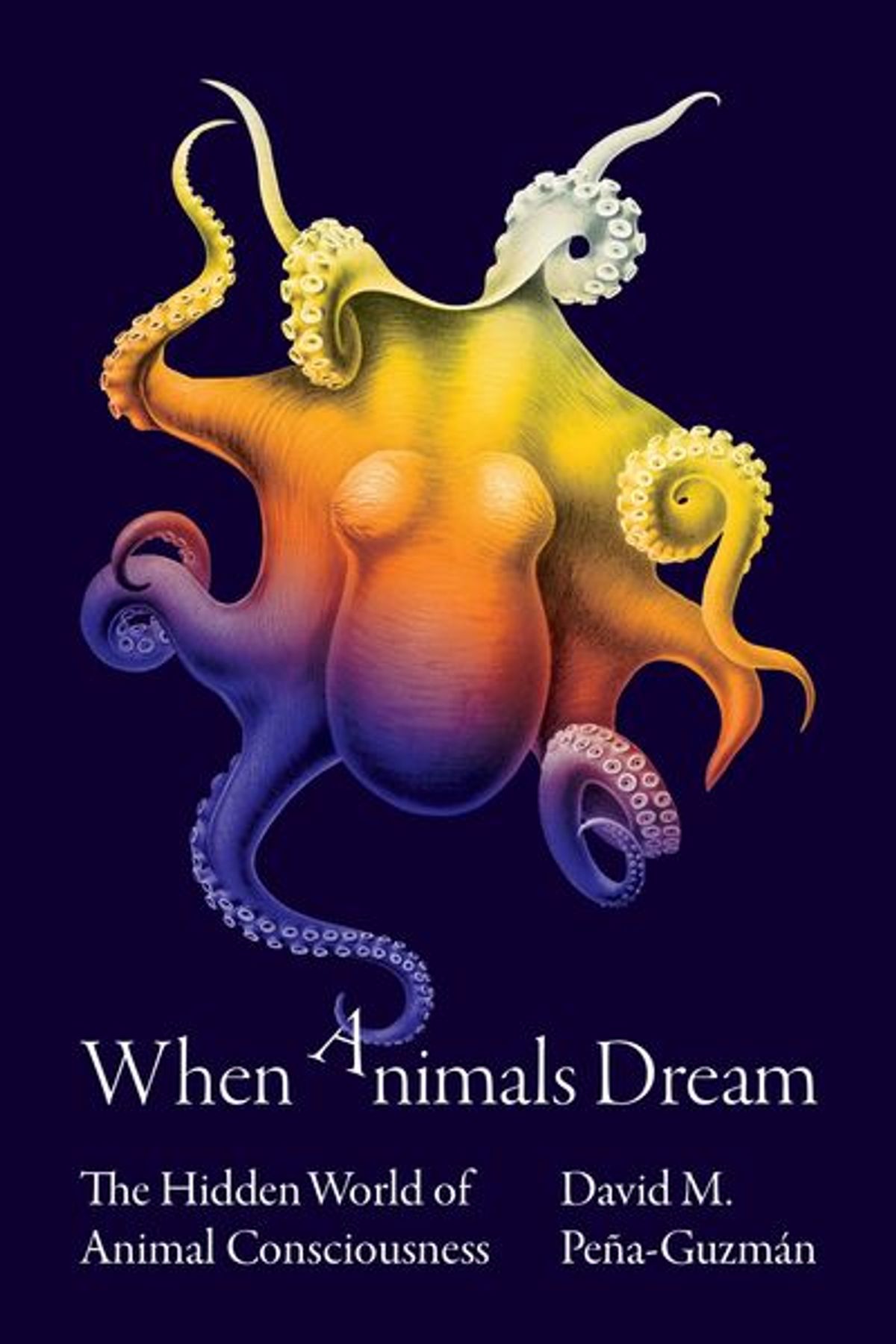ABOVE: Modified from © ISTOCK.COM, Anthony SEJOURNE
Belief in animal dreams was widespread at the height of the Victorian era. The antivivisection movement was gaining steam in Europe and North America, and public attitudes about the status of animals were changing rapidly. In this climate, the conditions were ripe for increased interest in the mental and emotional lives of animals. Among the scientists of the time, this interest expressed itself as a general openness to a wide variety of claims—some more empirically grounded than others—about animal experience, including claims about what happens to animals when they sleep. This belief was so widespread that Darwin’s protege, the evolutionary biologist George Romanes, cited Lindsay’s theory of animal dreams enthusiastically in his 1883 masterpiece Mental Evolution in Animals.
In this book, which was read with gusto by audiences on both sides of the Atlantic, Romanes went further than Lindsay in asserting that dreaming proves that animals are endowed with the faculty that the German moralist Immanuel Kant had categorically denied them only a hundred years earlier: the faculty of imagination. Dreaming proves that animals have what Romanes dubs “imagination in the third degree,” which enables animals to form mental images “independently of any obvious suggestions from without.” In Romanes’s view, the same mental operations are needed to dream of something as to visually imagine it since, in both cases, the mind directs itself toward something absent and relates to it as if it were present. Dreaming, he concludes, “constitutes certain proof of imagination belonging to [. . .] the third degree.” In holding this view, the biologist from Kingston, Ontario, was not challenging the spirit of his time—he was channeling it.

In 1888, only five years after the publication of Mental Evolution in Animals, the popular magazine The Century ran an article about the science of dreams, nightmares, and somnambulism that included a section on animal dreams. Among the experts mentioned as defenders of an interspecies theory of dreams were lesser-known figures such as William Lindsay and Georges Romanes, as well as such luminaries as Charles Darwin. A year later, the Canadian biologist Wesley Mills published his seminal Textbook of Animal Physiology, which included a lengthy discussion of the dreams of animals, especially dogs. That same year, the French psychologist Alfred Binet, inventor of IQ testing, reviewed several books on dreaming in the journal The Psychological Year [L’Année Psychologique], including the Italian psychologist Sante De Sanctis’s book Dreams: Psychological and Clinical Studies [I sogni: Studi Psicologici e Clinici], which devoted an entire chapter to interviews De Sanctis conducted with breeders, farmers, hunters, and circus trainers about the dreams of “superior animals” such as dogs, horses, and birds.
Animal dreams may have been deeply ingrained in the cultural and scientific imaginaries of the nineteenth century, but the tide eventually turned. Due to several developments, especially the rise of behaviorist psychology, what began in the 1870s as a wave of support for the complexity of animals’ minds morphed over the span of only a few decades into a pervasive skepticism about animal cognition of any kind. After the turn of the century, the life sciences adopted a new attitude—a colder, more distant attitude—that led new generations of scientists to distance themselves from their predecessors and to accuse them of projecting human abilities onto animals. By the 1930s, many of the topics that had galvanized nineteenth century naturalists—animal reasoning, animal language, animal emotions, animal play, and, of course, animal dreaming—had fallen into scientific ill repute, and most of them remained there for a long time. I call the period stretching from the 1900s to the 1980s “the silent century” because, during this time, discussions of animal consciousness came to a standstill from which our scientific culture is still trying to break free.
Text from When Animals Dream: The Hidden World of Animal Consciousness by David M. Peña-Guzmán. Copyright © 2022 by Princeton University Press. Reprinted by permission of Princeton University Press.






